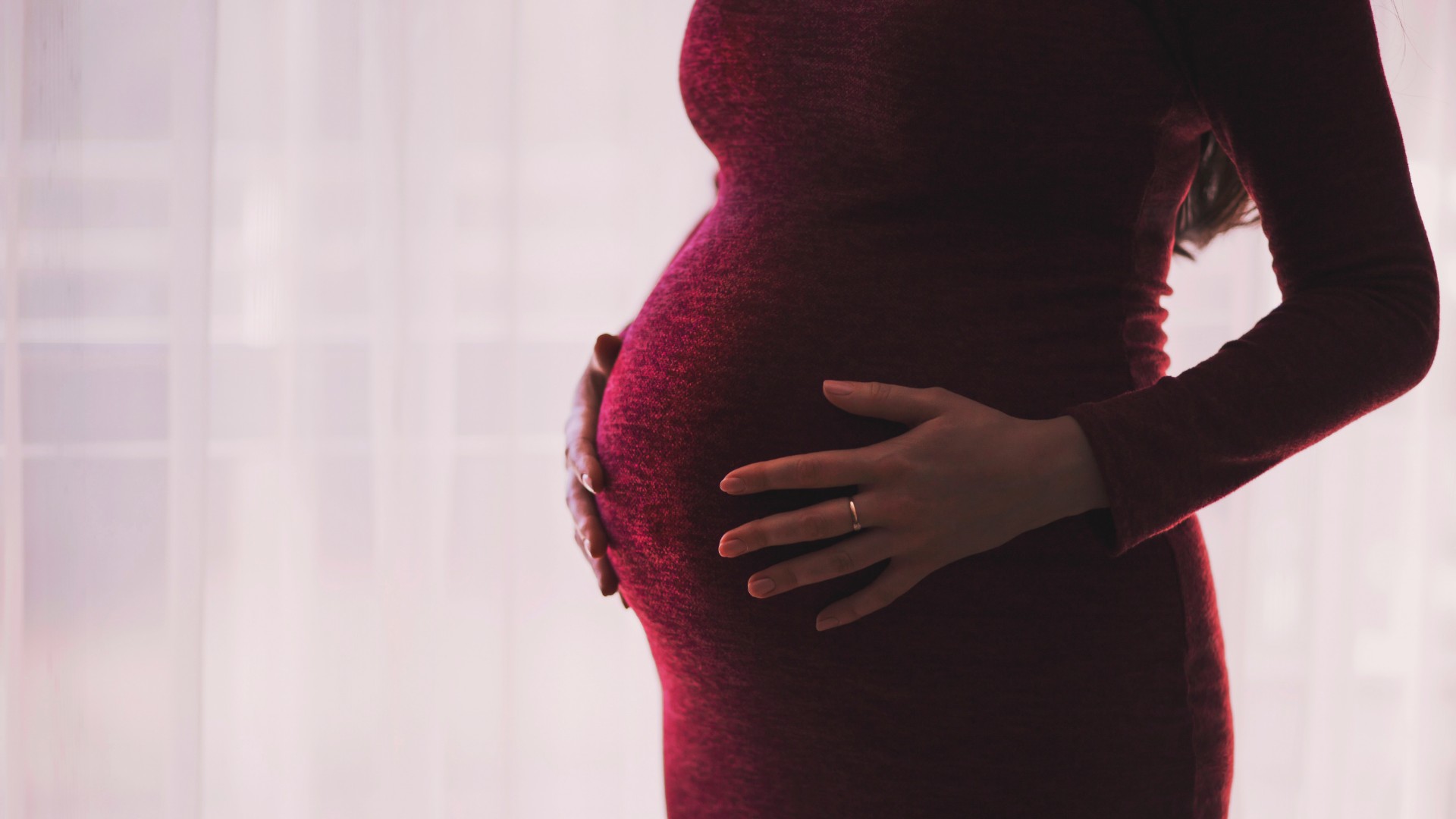If this argument works, then we should release Susan Smith.
I want to talk about a recent book that’s created a flurry on the talk radio circuits. It’s entitled Breaking the Abortion Deadlock: From Choice to Consent, by Eileen McDonagh. It hit with a splash about three weeks ago. A piece in the LA Times on February 3 entitled, “The Tiny, Voiceless Enemy Within” (referring to the unborn child) dealt with the McDonagh’s thesis.
I’m actually a bit mystified why people are so taken with this book, because the argument it offers is not new. It’s very similar to the famous violinist illustration that goes back to 1971 and philosopher Judith Jarvis Thompson. McDonagh picks up the same line of reasoning as Thompson, arguing that a woman is justified in taking the life of her unborn child because she has the liberty to use lethal force against any dangerous intruder in her life.
If a woman is being attacked, raped, kidnapped—if her life is being threatened in some fashion, such that she faces a significant loss of liberty—then the law gives her the latitude to use force to repel her attacker, even to use lethal force in some circumstances. Pregnancy, McDonagh argues, is this kind of situation. A woman is being attacked by another human being, and therefore she has the moral liberty to repel her attacker with force, even lethal force.
This argument is very similar to Judith Jarvis Thompson’s argument in which she imagines a woman who is kidnapped and wakes up to find herself surgically attached to a world-famous violinist who, for nine months, needs her body to survive. After this, the violinist will do fine on his own, but he must have this particular woman in order to survive for those nine months.
Thompson asks if this woman is morally obliged to stay connected to the violinist who is living off her body. It might be a virtuous thing if she did, Thompson agrees, but is she morally obliged to do so?
In both of these illustrations, a self-defense argument is offered in which a mother is being “attacked” by her unborn child. In both cases the proponents of this view suggest it’s morally acceptable for such a woman to “defend herself.”
One danger of both versions of this argument—Thompson’s version and McDonagh’s version—is that both concede full humanity and full personhood of the unborn. This undercuts the pro-lifer’s main tactic: Prove that the unborn is a human person, then it will be clear that we certainly ought not abort this child who is defenseless, but rather we should protect him.
Having conceded what we’re trying to prove, they then argue it’s still morally legitimate to take the life of the child, in the same way that it would be morally legitimate for you to protect yourself from an attacker or to disconnect yourself from another human being who has, against your will, attached himself to your body to draw sustenance and life from you for a season.
This argument is not just dangerous because it concedes what pro-lifers try to prove. It’s frightening because of what it asserts regarding the moral obligations of a mother to her child.
These kinds of arguments have force because they are arguments using a parallel. What they’re trying to do is to construct for you a circumstance where the moral conclusion seems to be obvious. Yes, it seems obvious that the woman is not obliged to stay connected to the violinist. Yes, it seems obvious that a woman ought to be allowed to protect herself from an invader or an attacker or a kidnapper, and protect herself using lethal force. If we concede those two things, the argument goes, then we must concede the legitimacy of abortion, because there’s a relevant parallel between the illustrations and abortion.
The first time I heard the violinist argument, I was getting on the on-ramp of the 405 freeway in Southern California. I remember it so well because I was stunned by the argument. It seemed to make so much sense. I thought to myself, How do I answer this argument? Now I know the answer to my own question.
These arguments are dangerous because some think the illustrations offered are actually good parallels to pregnancy, that being hooked up to a violinist who is a stranger, or fighting off the aggressive blows of an attacker or kidnapper or rapist, are all parallel to pregnancy. Some people buy that.
There are so many things wrong with this argument, I’m not sure where to begin. But here’s a good place: Why should we admit that a woman has no more obligation to her own child than she has to a violinist that she doesn’t even know, or to someone who’s trying to attack and do malicious harm to her?
Do you see what this argument does? It claims there’s a parallel between these circumstances and pregnancy, which means a mother has no more moral obligation to her unborn child than she has to strangers. People think this is compelling, persuasive, truthful. Doesn’t that frighten you? Shouldn’t we be frightened because somebody thinks an argument is persuasive that holds that mothers have no more moral obligation to their own children than they do to strangers?
Do you remember the couple in New York State that took a trip down to Florida and left their kids alone in the apartment to fend for themselves? Remember the uproar because of the flagrant irresponsibility these parents showed? Well, if McDonagh’s and Thompson’s arguments work, then those parents should be released from jail. Why? Because they are no more responsible for their own children than the are to strangers across town.
Why couldn’t they argue that their children were actually invading the privacy of their home? They were trespassing and therefore should be ousted for stealing, eating the food in the cupboards. They can’t because we understand there’s a moral obligation parents have toward children that they do not have toward strangers.
But Eileen McDonagh wants to argue that the child growing inside of the woman is a trespasser. Where does she expect the baby to go? One trespasses when he’s not in his rightful place. Ladies and gentlemen, a baby who is developing in the womb belongs there.
Not only does he belong there, but it’s an odd argument for the woman to say that this baby is attacking her body when it was this woman’s body that produced the baby to begin with. It’s this woman’s body that’s cooperating with and nurturing the child, helping it to grow, protecting it and moving it along.
Mom’s beef shouldn’t be with the baby. Her complaint ought to be with herself. Rather she should say, “I am initiating, aiding and abetting this attack upon myself. My own actions are hurting me.” That’s what’s really going on.
Now, it’s not Mom hurting herself in the sense that the baby inside of her is the same as her own body. The baby is a separate body. But it was created by her body, and is being nurtured and cared for by her body, and her body is aiding and abetting the process. So how is it that the unborn is now the one to blame for attacking this woman?
What McDonagh wants to argue is that a woman has no moral obligation toward her own children, that children can be eliminated when they become burdensome and difficult and in the way, when they take away her personal freedom. Well, every child does that, whether it’s in the womb or outside of the womb. If she wants to argue that a child’s life can be taken when it takes away the freedom of its mother, then every child is at risk, ladies and gentlemen.
This is Susan Smith ethics. Remember Susan Smith? She was jilted by her lover, who didn’t care for her kids. She thought she could get him back if she got rid of the kids. So she belted them into the car and drove the car into the lake.
The nation was horrified. But didn’t Susan Smith simply exercise the very right that Eileen McDonagh is arguing for? These children were a weight, a problem, a demand, a difficulty, an assault, a violation, trespassing on her life, making it difficult, depriving her from opportunities. Why not drive them into the lake? They were “attacking” her. It was self-defense.
No, Susan Smith had a moral obligation to her children, and it doesn’t really matter whether they were inside of her or outside of her. Their mere location is irrelevant to the question of moral responsibility.
Keep in mind, by the way, that the argument being offered already concedes the full personhood and humanity of the unborn. So when I use the parallel with Susan Smith’s children, it’s an accurate parallel, given the conditions set forth by the author herself in this illustration. It’s a very accurate parallel. There’s no difference. All the relevant pieces are in place.
If McDonagh’s argument works, release Susan Smith. If her argument works, release those people who left their children alone while they took their bodies—which they have a right to do anything they want with, allegedly—down to Florida and enjoyed a vacation.
And if this argument works, no child in any sense of dependency on his or her parents is safe from Eileen McDonagh and her ilk.

